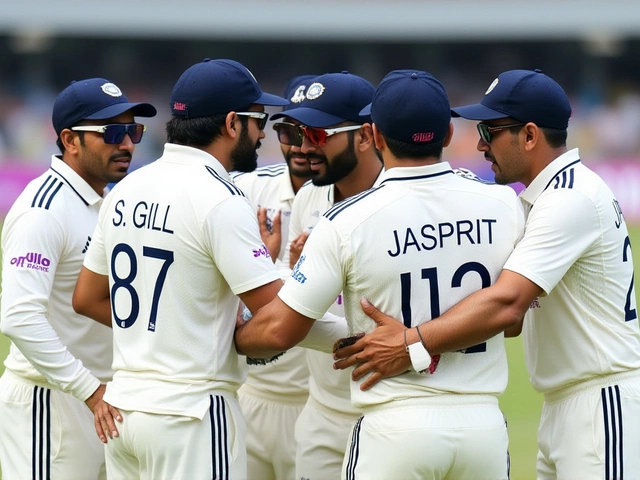India's Population – Numbers, Trends and What They Mean for You
India is home to more than 1.4 billion people, making it the second‑largest country by population. That figure isn’t static – it’s growing, shifting and shaping the country’s economy, jobs and resources every day. If you’re wondering how many people live here, where they are, and what the future holds, you’re in the right spot.
Right now, the official census puts the total at around 1,417 million. Roughly half of the country lives in cities, while the rest are spread across villages and small towns. The biggest states – Uttar Pradesh, Maharashtra and Bihar – each hold over 100 million residents, so regional differences matter a lot when we talk about services, schools and infrastructure.
How Fast Is the Population Growing?
The growth rate has slowed compared to the 1990s, but India still adds about 12 million people a year. That’s about a 0.9 % increase annually. The slowdown comes from families choosing to have fewer kids, better access to education and more women in the workforce. Still, a steady rise means demand for housing, transport and jobs keeps climbing.
Age distribution is another key point. Around 28 % of Indians are under 15, giving the country a young workforce that can boost productivity if skills match the market. Meanwhile, people over 60 make up just 8 % – a smaller share than in many developed nations, but that number will rise as life expectancy improves.
Why Population Numbers Matter to You
Population size directly affects what you see on a daily basis. More people mean more traffic on roads, larger crowds at malls, and a tougher housing market. On the flip side, a big, young population can drive demand for new tech, startups and entertainment, creating jobs and opportunities.
Governments use these figures to plan schools, hospitals and power plants. When the numbers are accurate, you’re more likely to get a school nearby or see a new bus route. When they’re off, services lag behind demand, and that can affect your quality of life.
Businesses also watch population data closely. A retailer will open a store in a city with growing numbers, while a video‑streaming service will target younger regions with fresh content. Understanding where the crowd is helps companies serve you better.
Looking ahead, experts predict India will overtake China as the most‑populated country by the early 2020s. By 2050, the total could reach 1.6 billion. That growth will bring challenges – water scarcity, urban congestion, and pressure on education – but also chances to innovate in renewable energy, smart cities and digital services.
So, whether you’re a student, a professional or just curious, keeping an eye on India’s population helps you see the bigger picture. It tells you why your city is expanding, why jobs are shifting, and where future opportunities might pop up.
Bottom line: India’s population isn’t just a number on a chart. It’s a living, moving force that shapes everything from the street you walk on to the jobs you can get. Stay informed, and you’ll be better equipped to navigate the changes ahead.





